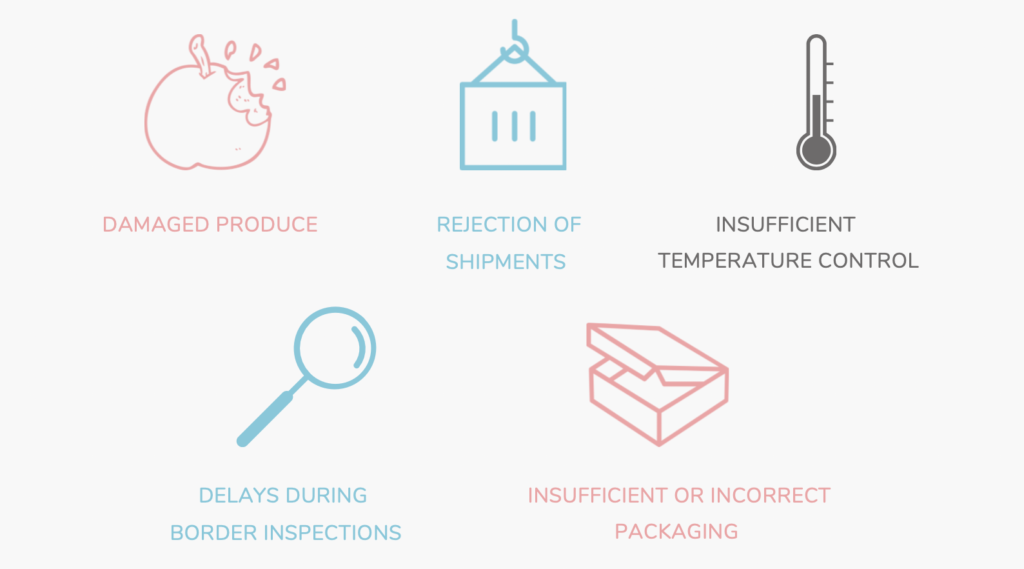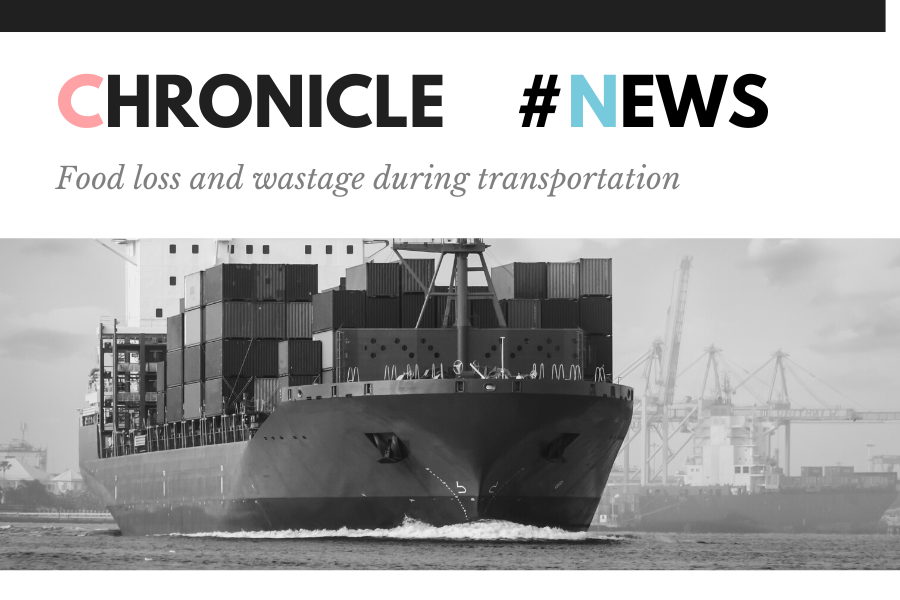Globally, more than one-third of the food produced is not consumed, which is causing significant environmental, economic and social impacts both nationally, and internationally.
In Australia alone, 7.6 million tonnes of food is wasted each year and is estimated to cost the Australian economy nearly $37 billion each year. Likewise, Food waste accounts for approximately 3% of Australia’s annual greenhouse gas emissions and uses approximately 2600 gigalitres of water to grow food that is wasted. While there are many and varied causes of food loss and food waste occurring at different stages of the supply chain, key contributors occur during the transportation processes of fresh produce.
Food Loss
Food Loss refers to food that is spilt, spoilt, lost or incurs a reduction of quality and value during its process in the food supply chain before it reaches its final product stage. This typically takes place during the production, post-harvest, processing and distribution stages in the food supply chain.
Food Wastage
Food waste refers to food that completes the food supply chain up to a final product, of good quality and fit for consumption, but still doesn’t get consumed because it is discarded, whether after it is left to spoil or expire.
Key causes for Food Loss during transportation

Damaged produce
In Australia, it was found that annually 18-22 percent of the fruit and vegetables produced are damaged during the production, processing and transportation stages. This is contributing to the nation’s food wastage levels, as up to 40% of Australia’s edible fruit and vegetables are rejected by suppliers and consumers as they are damaged or imperfect. This is negatively impacting Australian producers as it results in edible produce being wasted, which consequently reduces farmer’s sales, and thus, profit margins. Damaged produce can be caused by incorrect or insufficient packaging or produce being exposed to much air, moisture and light.
Temperature control
When it comes to transporting food safely maintaining temperature control is crucial. Fresh and frozen foods pass through many different stages during their journey along the cold chain. Therefore, maintaining temperature control can help reduce health risks, reduce food wastage and improve the produce quality.
The benefits of improving transport processes

As an Australian business or producer, you should consider the Triple Bottom Line (people, planet and profit). Consumers’ high demand for businesses to have a social conscience is influencing the way businesses to operate to maximise consumer satisfaction. Therefore, improving the transportation processes such as ensuring the product is sustainably and securely packaged can help reduce your business’s food loss whilst better satisfying consumers’ needs and wants. Likewise, being transparent with consumers and stakeholders about how the business is trying to reduce food loss and waste will have positive effects on your business. Lastly, improving the transportation processes of food can help reduce the percentage of produce that is damaged or wasted, and consequently will increase your sales and profit margins.
To reduce food loss and wastage during the transportation processes it is important to connect the different stages of the food supply chain. This can be achieved by incorporating food traceability systems into your business operations. This can allow you to have more transparency and provides you with the ability to track and receive alerts when the produce has arrived at different points in the supply chain. Incorporating traceability systems can help your business be more efficient as you can access information in real-time, and resolve issues quickly.
At eBottli, we’re experts in supply chain security and traceability. Whether you are a producer, supplier or transporter we can help you incorporate effective IT solutions into your business operations to better attain your organisational goals.

